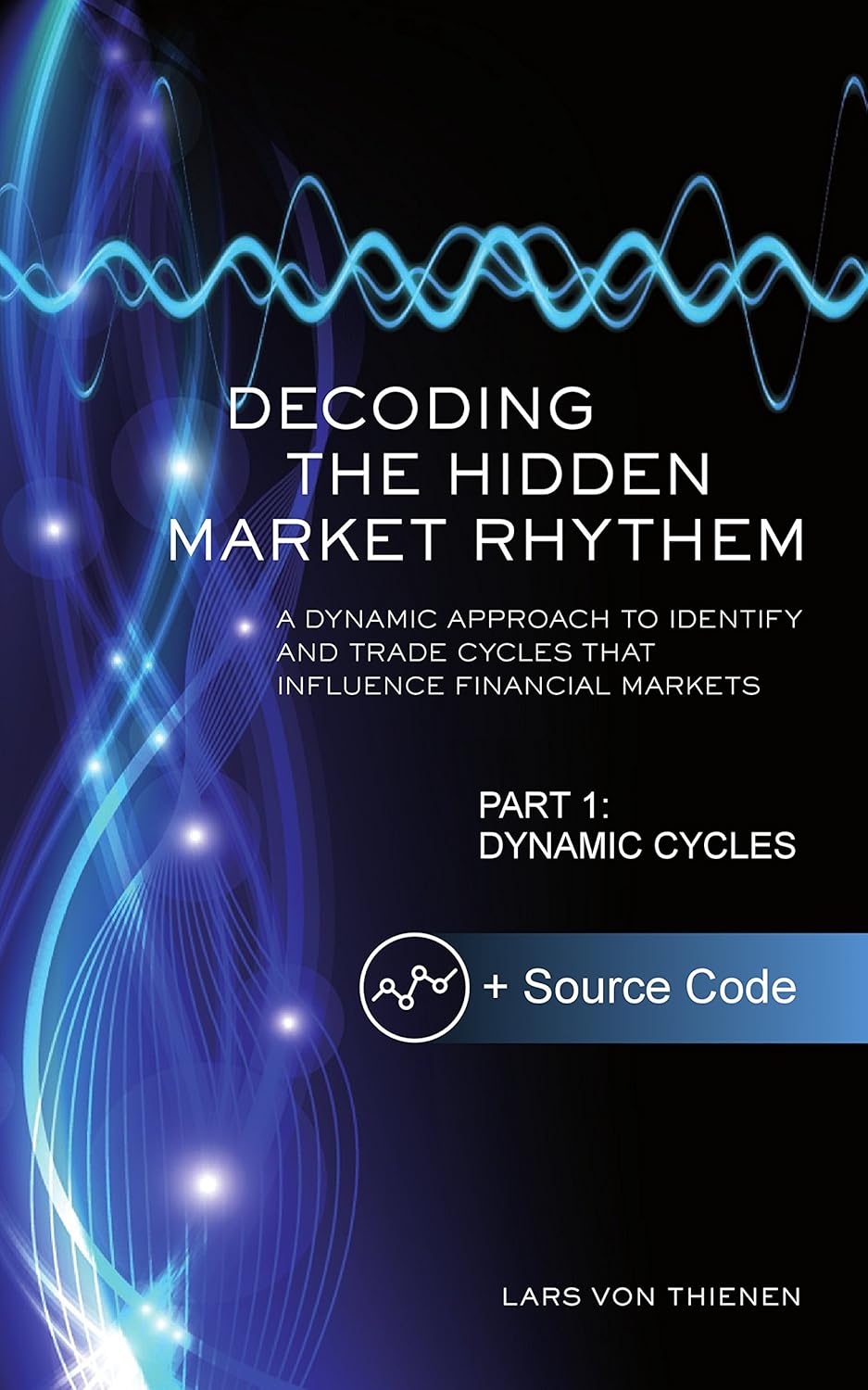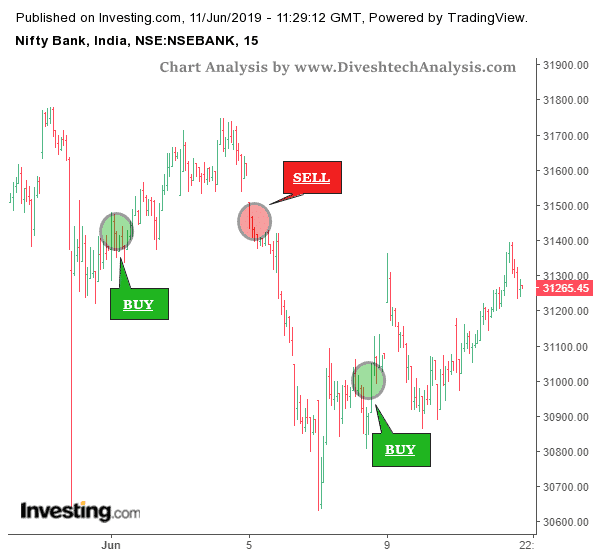Decoding the Market’s Rhythm: A Complete Information to the Widespread Calendar of Occasions
Associated Articles: Decoding the Market’s Rhythm: A Complete Information to the Widespread Calendar of Occasions
Introduction
On this auspicious event, we’re delighted to delve into the intriguing matter associated to Decoding the Market’s Rhythm: A Complete Information to the Widespread Calendar of Occasions. Let’s weave attention-grabbing data and supply recent views to the readers.
Desk of Content material
Decoding the Market’s Rhythm: A Complete Information to the Widespread Calendar of Occasions

The monetary markets are a posh ecosystem, pulsating with exercise pushed by a mess of things. Whereas unpredictable occasions can and do disrupt the stream, a good portion of market motion is anticipated and even predictable. This predictability stems from the structured launch of financial information, company bulletins, and central financial institution selections, all of that are broadly categorized inside a "market frequent calendar of occasions." Understanding this calendar is essential for traders of all ranges, enabling higher knowledgeable decision-making and threat administration.
This text serves as a complete information to the important thing occasions that populate this frequent calendar, explaining their significance, potential market impression, and the right way to successfully make the most of this data.
I. Macroeconomic Knowledge Releases: The Basis of Market Sentiment
Macroeconomic indicators present a snapshot of the general well being of an economic system. These releases, typically disseminated by authorities companies just like the Bureau of Labor Statistics (BLS) within the US or the Workplace for Nationwide Statistics (ONS) within the UK, can considerably affect market sentiment and asset costs. Probably the most impactful releases usually fall into these classes:
-
Inflation Knowledge (CPI, PPI): The Shopper Value Index (CPI) and Producer Value Index (PPI) measure the speed of value will increase in shopper items and producer inputs, respectively. Excessive inflation typically results in central financial institution rate of interest hikes, impacting bond yields and probably slowing financial progress. Conversely, low or declining inflation can sign a weaker economic system however may result in decrease rates of interest, probably boosting inventory markets. The timing and magnitude of those releases are intently watched, typically triggering important volatility.
-
Employment Knowledge (Non-farm Payrolls, Unemployment Price): Employment stories, such because the US Non-farm Payrolls report, present insights into the labor market’s well being. Robust employment figures usually sign a sturdy economic system, probably resulting in larger rates of interest. Conversely, weak employment information can point out financial slowdown and probably decrease rates of interest. These stories are sometimes extremely anticipated and may trigger substantial market swings.
-
Gross Home Product (GDP): GDP measures the entire worth of products and providers produced inside an economic system. GDP progress is a key indicator of financial well being. Robust GDP progress is usually constructive for markets, whereas destructive progress (recession) can set off important sell-offs. GDP information is commonly launched with a lag, nevertheless it supplies an important retrospective view of financial efficiency.
-
Manufacturing and Buying Managers’ Indices (PMI): PMIs gauge the exercise ranges within the manufacturing and providers sectors. These indices are main indicators, providing a glimpse into future financial exercise. Robust PMIs recommend enlargement, whereas weak PMIs recommend contraction. These releases are intently monitored for early alerts of financial tendencies.
-
Housing Knowledge (Housing Begins, Present Dwelling Gross sales): The housing market is a major factor of many economies. Knowledge on housing begins, present residence gross sales, and housing costs present insights into shopper confidence and the general well being of the true property sector. Adjustments in these metrics can have implications for associated industries and total market sentiment.
II. Central Financial institution Bulletins and Financial Coverage Choices:
Central banks, such because the Federal Reserve (Fed) within the US, the European Central Financial institution (ECB), and the Financial institution of England (BoE), play an important position in shaping financial situations by financial coverage. Their selections concerning rates of interest, quantitative easing (QE), and different financial instruments have a profound impression on markets.
-
Curiosity Price Choices: Rate of interest bulletins are among the many most extremely anticipated occasions available on the market calendar. Adjustments in rates of interest instantly have an effect on borrowing prices for companies and shoppers, influencing funding selections and total financial exercise. Surprising fee hikes or cuts can set off important market volatility.
-
Financial Coverage Statements: Together with rate of interest bulletins, central banks usually launch detailed statements explaining their selections and outlook for the economic system. These statements are rigorously scrutinized by traders for clues about future coverage path.
-
Press Conferences and Speeches by Central Financial institution Officers: Press conferences following rate of interest selections and speeches by central financial institution officers present additional insights into their pondering and intentions. These occasions may be important drivers of market sentiment.
III. Company Earnings Reviews and Steering:
Company earnings stories present essential details about the monetary efficiency of particular person firms. These stories, usually launched quarterly, element income, income, and different key metrics. Earnings bulletins can considerably impression the inventory costs of particular person firms and the broader market.
-
Earnings Surprises: When an organization’s earnings exceed or fall wanting analysts’ expectations, it could possibly set off important value actions. Constructive surprises usually result in value will increase, whereas destructive surprises can result in value declines.
-
Earnings Steering: Firms typically present steering on their anticipated future efficiency. This steering can affect investor expectations and impression inventory costs.
-
Investor Calls: Many firms maintain convention calls with analysts and traders to debate their earnings stories and reply questions. These calls can present helpful insights into the corporate’s technique and outlook.
IV. Geopolitical Occasions and Surprising Information:
Whereas the frequent calendar focuses on scheduled occasions, sudden geopolitical occasions and information can considerably disrupt markets. These occasions are inherently unpredictable, however their potential impression underscores the significance of staying knowledgeable and adapting to altering circumstances. Examples embrace:
-
Political Instability: Political upheaval in main economies or areas can create uncertainty and set off market volatility.
-
Worldwide Conflicts: Wars, commerce disputes, and different geopolitical conflicts can have important financial penalties and impression market sentiment.
-
Pure Disasters: Pure disasters can disrupt provide chains, injury infrastructure, and result in financial losses, impacting associated markets.
V. Using the Market Calendar Successfully:
Successfully using the market frequent calendar requires a strategic method:
-
Keep Organized: Use on-line assets and monetary information web sites to entry complete calendars. Many platforms permit customization to give attention to particular occasions and asset lessons.
-
Prioritize Key Occasions: Concentrate on occasions with the best potential impression primarily based in your funding technique and threat tolerance.
-
Analyze Knowledge in Context: Do not react solely to particular person information factors. Contemplate the broader financial context and tendencies when deciphering information releases.
-
Handle Expectations: Do not forget that market reactions to occasions usually are not at all times predictable. Surprising components can affect market sentiment.
-
Diversify Your Portfolio: Diversification helps mitigate threat related to sudden market actions.
Conclusion:
The market frequent calendar of occasions supplies a framework for understanding the rhythm of monetary markets. By staying knowledgeable about scheduled releases and anticipating potential market reactions, traders can enhance their decision-making and handle threat extra successfully. Nevertheless, it is essential to do not forget that markets are advanced and unpredictable, and the calendar is only one piece of the puzzle. Profitable investing requires a holistic method, combining calendar consciousness with elementary and technical evaluation, and a sturdy threat administration technique. Steady studying and adaptation are important in navigating the dynamic world of monetary markets.






![[10] Lars von Thienen – Decoding The Hidden Market Rhythm – 2010](https://bigdiscountcourse.net/wp-content/uploads/2022/01/Lars-von-Thienen-%E2%80%93-Decoding-The-Hidden-Market-Rhythm-%E2%80%93-2010-Seminar-and-Software-Wave59-Scripts.jpg)
Closure
Thus, we hope this text has offered helpful insights into Decoding the Market’s Rhythm: A Complete Information to the Widespread Calendar of Occasions. We recognize your consideration to our article. See you in our subsequent article!
